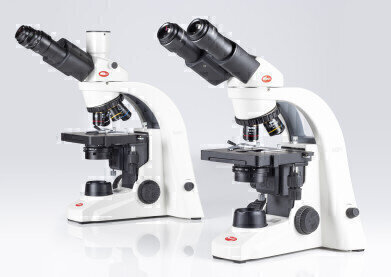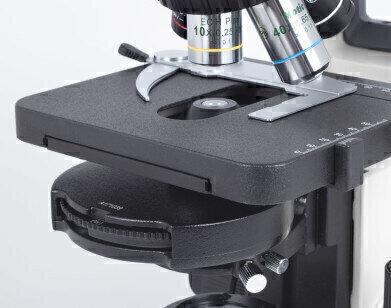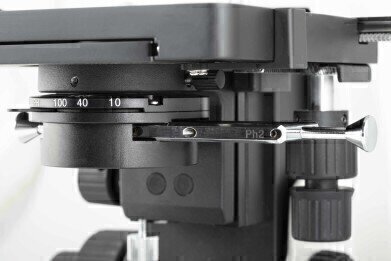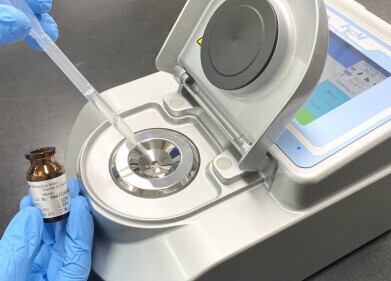Laboratory Products
Goliath versus David - A fight with TWO winners?!
Jun 03 2020
System microscopes are big machines, intended to allow multiple methods of light microscopy. The necessary upgradability needs numerous hardware interfaces to add modules for Phase contrast, DIC or Fluorescence. That is why this kind of microscope needs to be large and, unfortunately, cost intensive.
Science needs an open-minded approach, flexibility for any application option, utilising any possibility for imaging new, not yet completely evaluated phenomena. New diseases, new visual indications, new needs for the visualization of clinical samples: The “large version” of a light microscope surely has got its rights.
Scientifically based routine work in a lab is a completely different scenario. Here we know the appropriate method and the necessary hardware from the start. Flexibility is desired but accepted with its limits. The application is clearly defined.
Nonetheless we need to care for an optimal hardware setting to get the perfect result at the end of an effective workflow. The optics and the contrast method should be chosen with clear focus on the desired image result. No ultimate flexibility, a customised solution will do fine.
For the standard Bright Field examination, the detection of tiny sample details requires a high-resolution power. It’s about separating single optical “events” from each other. Immersion objectives are quite difficult in handling, the oil immersion needs care and concentration.
Why not go for a 60X/0.8 dry objective? A very reasonable resolution power without the need of a bubble-free oil application. Just take the precise thickness of the cover glass into account.
As a close relation to daily life, the inspection of honey to discover its origin by detecting the pollen grains within is a standard procedure in food inspection of governmental and private institutes. Most of the honey sold in Europe comes from an overseas origin. Think about herbicides and pesticides in a product everybody believes is natural. Motic has got a high-quality solution: Have a look on our Panthera Series with its 60X/0.8 objective option.
Sometimes the preparation of glass slide samples does not require a cover glass. A time-saving solution in times of optimization. Non-Cover-Glass objectives, ready to perform best optical quality without cover-glass correction are our answer. To be applied on microscopes with small footprint and high affordability, the BA Series has got the option to use this special optics with best results.
Fluorescence is a complex contrast method with a traditionally high financial demand if it goes with a mercury vapor lamp. LEDs as a light source is the more modern approach with high environmental compliance. No need to dispose mercury bulbs, but also no warming-up phase before actual working. Small LED modules for different excitation wavelengths offer maximum practicality even on small microscopes: The BA210/BA310 Series is ready to be upgraded.
Professional results with a small budget. That is Motic’s ambition. Mission accomplished.
Digital Edition
Lab Asia 31.2 April 2024
April 2024
In This Edition Chromatography Articles - Approaches to troubleshooting an SPE method for the analysis of oligonucleotides (pt i) - High-precision liquid flow processes demand full fluidic c...
View all digital editions
Events
Apr 28 2024 Montreal, Quebec, Canada
May 05 2024 Seville, Spain
InformEx Zone at CPhl North America
May 07 2024 Pennsylvania, PA, USA
May 14 2024 Oklahoma City, OK, USA
May 15 2024 Birmingham, UK




















